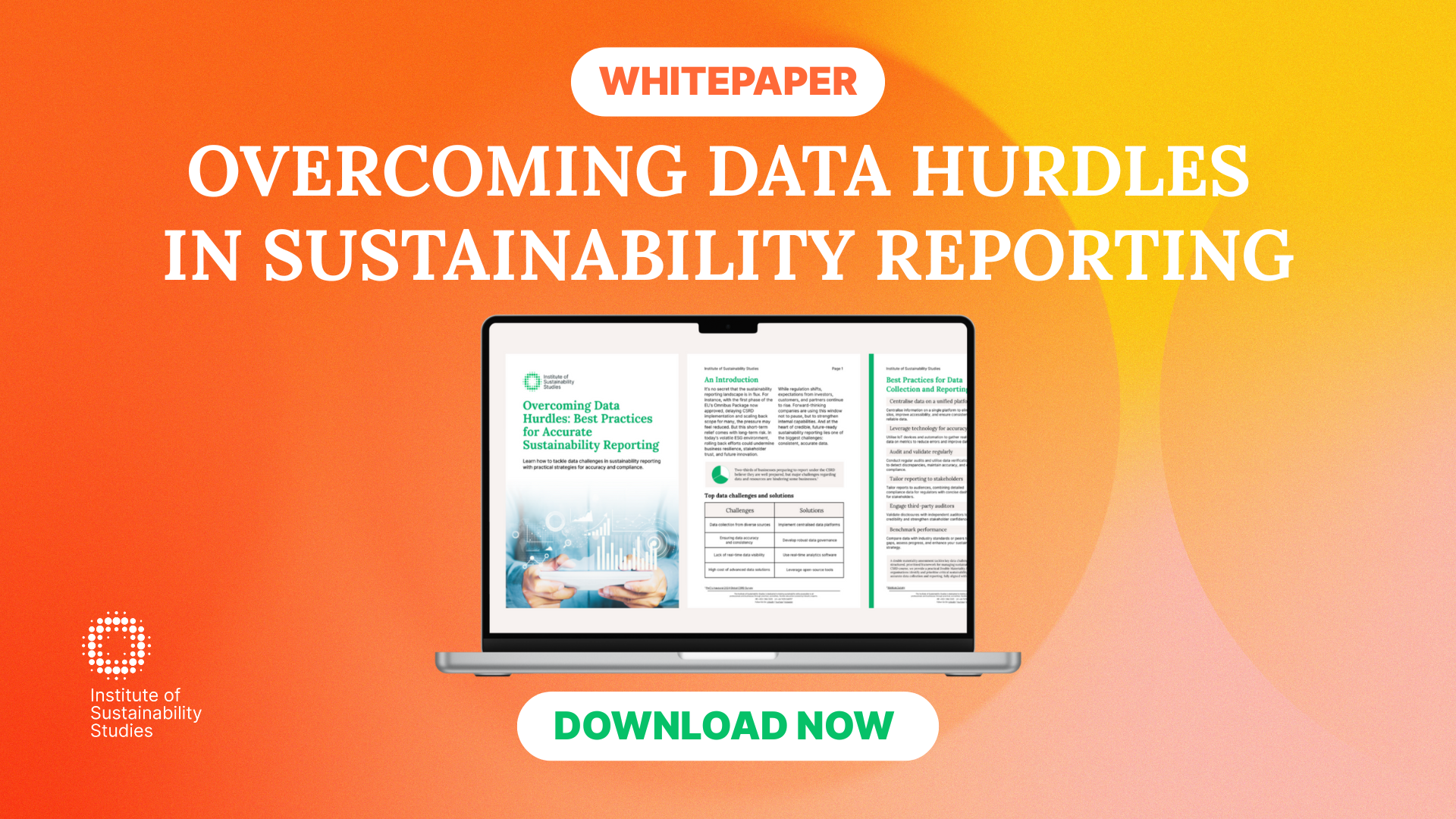Regenerative agriculture is gaining recognition as a transformative business sustainability approach to farming that seeks to restore and enhance the health and biodiversity of ecosystems. Unlike traditional farming methods which often lead to soil degradation and environmental harm, regenerative farming focuses on working in harmony with nature.
Moreover, according to BCG Global, farmers practising regenerative farming can avail of significant cost savings and boost profitability. Keep reading as we explore the core principles of regenerative agriculture, its impact on farm biodiversity, and the long-term economic benefits it offers to farmers.
What is regenerative agriculture and its core principles?
Regenerative agriculture is an approach to farming that focuses on restoring and enhancing the health and biodiversity of ecosystems. Unlike conventional farming practices that can deplete the soil and harm the environment, regenerative agriculture aims to work in harmony with nature.
Some core principles of regenerative agriculture include soil health restoration and maintenance, biodiversity enhancement, water management, and nutrient management. Moreover, ecosystem management, carbon sequestration, and economic and social sustainability. Sustainable agriculture practices can involve something as small as adding organic matter to improve soil health and fertility, harnessing drip irrigation to reduce water use and improve water efficiency, and much more.
How do regenerative farming practices enhance biodiversity on farms?
Regenerative farming practices significantly enhance biodiversity on farms through a variety of methods that foster a more resilient and diverse ecosystem. Below are some examples of regenerative farming practices and how they help to enhance biodiversity.
Polyculture and crop rotation
Growing multiple types of crops together or in rotation encourages a variety of plant species to thrive. This diversity in plant life supports a wider range of insects, birds, and other wildlife, creating a more balanced and robust ecosystem.
Regularly changing the types of crops grown in a particular area prevents the build-up of pests and diseases specific to a single crop. It also enhances soil health by reducing nutrient depletion.
Cover cropping
Planting cover crops such as clover, rye, or legumes during off-season times helps to protect and enrich the soil. These plants provide habitat and food for insects and microorganisms, which in turn attract birds and other wildlife.
Agroforestry
Incorporating trees and shrubs into farming systems, known as agroforestry, provides additional habitats and food sources for various species. Trees can also act as windbreaks, reducing erosion and creating microclimates that benefit diverse plant and animal life.
Reduced tillage
Minimising soil disturbance preserves soil structure and maintains habitats for soil organisms such as earthworms, fungi, and bacteria. Healthy soils support a complex web of life, contributing to overall farm biodiversity.
Organic fertilisation and natural amendments
Using organic fertilisers and compost enhances soil health without the adverse effects of chemical fertilisers. Rich organic soils support diverse microbial communities and foster plant health, indirectly supporting a variety of wildlife.
Habitat creation
Establishing areas of native vegetation, wildflower strips, and buffer zones around fields provides critical habitats for pollinators, beneficial insects, birds, and other wildlife. These areas can act as corridors, allowing species to move safely across the landscape.
Integrated Pest Management (IPM)
IPM utilises natural predators and beneficial insects to control pest populations. This approach reduces the need for chemical pesticides, which can harm non-target species and reduce biodiversity.
Water management practices
Creating water bodies such as ponds and wetlands on farms supports aquatic and semi-aquatic species. These habitats are vital for insects, amphibians, birds, and other wildlife, increasing overall biodiversity.
Perennial crops and pastures
Planting perennial crops and maintaining permanent pastures provide stable habitats and food sources for various species year-round. Unlike annual crops, perennials do not require replanting each year, reducing soil disturbance and providing continuous cover.
Long-term economic benefits of adopting regenerative farming practices
Adopting regenerative farming practices can offer numerous long-term economic benefits for farmers and the broader agricultural sector.
Increased soil health and fertility
Healthier soils often require fewer chemical inputs such as synthetic fertilisers and pesticides. This reduction in input costs can significantly improve profitability.
Over time, regenerative practices can lead to higher and more stable yields due to improved soil health and fertility.
Enhanced resilience and risk management
Farms practising regenerative agriculture are generally more resilient to extreme weather events (e.g., droughts, floods) due to improved soil structure and water retention. This resilience can reduce crop losses and associated financial risks.
Diverse cropping systems and healthier soils can lead to reduced pest and disease pressures, lowering the need for expensive pest control measures.
Market opportunities and premium pricing
Products grown using regenerative practices can often be marketed as organic or regenerative, attracting premium prices from consumers willing to pay more for sustainably produced food.
There is growing consumer demand for sustainably produced food, providing farmers with opportunities to enter niche markets and sell directly to consumers or specialised retailers.
Environmental incentives and subsidies
Many governments and non-governmental organisations offer financial incentives, grants, and subsidies to support the adoption of regenerative practices. These can help offset initial transition costs and provide ongoing support.
Farmers who adopt regenerative practices that sequester carbon in the soil may be eligible to sell carbon credits, providing an additional revenue stream.
Operational efficiency and cost savings
Practices such as no-till farming reduce the use of heavy machinery, leading to lower fuel costs and less machinery wear and tear.
While regenerative practices may require more planning and monitoring, they can also lead to more efficient use of labour over time.
Conclusion – Future outlook of regenerative farming practices
The adoption of regenerative farming practices presents a transformative opportunity for the agricultural sector. By improving soil health, enhancing resilience to climate change, and opening up new market opportunities, regenerative agriculture not only boosts profitability but also supports environmental sustainability.
The increasing consumer demand for sustainably produced food and the availability of financial incentives further underscore the economic viability of these practices. As more farmers transition to regenerative methods, the agricultural industry will move closer to a more sustainable, resilient, and economically viable future, ensuring long-term benefits for farmers, consumers, and the planet.
Dedicated to harnessing the power of storytelling to raise awareness, demystify, and drive behavioural change, Bronagh works as the Communications & Content Manager at the Institute of Sustainability Studies. Alongside her work with ISS, Bronagh contributes articles to several news media publications on sustainability and mental health.
- Bronagh Loughlinhttps://instituteofsustainabilitystudies.com/insights/author/bronagh/
- Bronagh Loughlinhttps://instituteofsustainabilitystudies.com/insights/author/bronagh/
- Bronagh Loughlinhttps://instituteofsustainabilitystudies.com/insights/author/bronagh/
- Bronagh Loughlinhttps://instituteofsustainabilitystudies.com/insights/author/bronagh/









